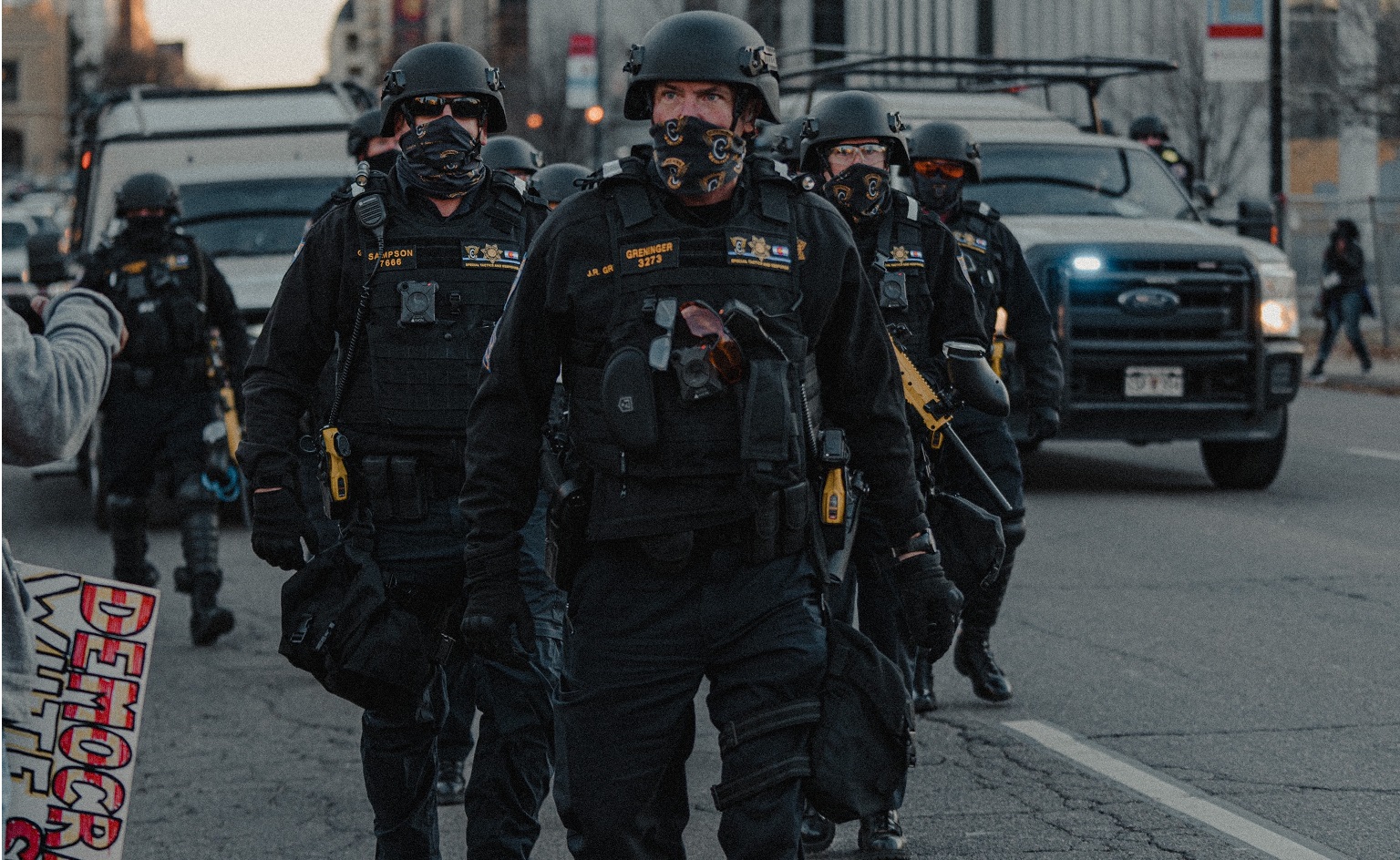The safety and protection of law enforcement officers in the field are of paramount importance. Given the high-risk situations they encounter daily, they must be equipped with the necessary gear to safeguard their lives while performing their duties. One such piece of equipment that has become a standard for all law enforcement agencies is police body armor. In this blog, we will explore the science behind police body armor and how it works to keep our officers safe.
Police body armor is designed to protect law enforcement officers from various threats they may face in the field. These threats can range from bullets, shrapnel, and blunt trauma caused by falls or impacting objects. Body armor is made up of several layers, and each layer serves a specific function in providing protection.
The outer layer of police body armor is typically made of a durable and water-resistant material such as Cordura that can withstand exposure to harsh elements. The next layer is usually the ballistic panel, which is responsible for stopping bullets and shrapnel. These panels are made of high-tech fibers such as Kevlar or Spectra Shield that can absorb energy from ballistic rounds.
The innermost layer of police body armor is made of a soft material that cushions the body against blunt trauma. This layer is often made of foam or gel that is designed to distribute the impact of the blunt force across a larger area of the body, reducing the risk of serious injury.
Police body armor is tested and certified before being used in the field. The National Institute of Justice (NIJ) sets standards for the level of protection that body armor must provide. These standards are based on the level of threat an officer is likely to face on the job. For example, officers working in high-risk situations such as SWAT teams require a higher level of protection than officers working in a low-risk environment such as a detective.
Police body armor is a crucial piece of equipment that ensures the safety and protection of law enforcement officers in the field. The science behind how it works is complex, and it requires constant testing and updating to keep pace with the latest threats. As technology advances, we can expect to see more innovative designs and materials that provide better protection and comfort for our officers. In the meantime, all law enforcement agencies must prioritize the use of body armor to ensure our officers can do their jobs safely and confidently.
For more great articles, please click here.
